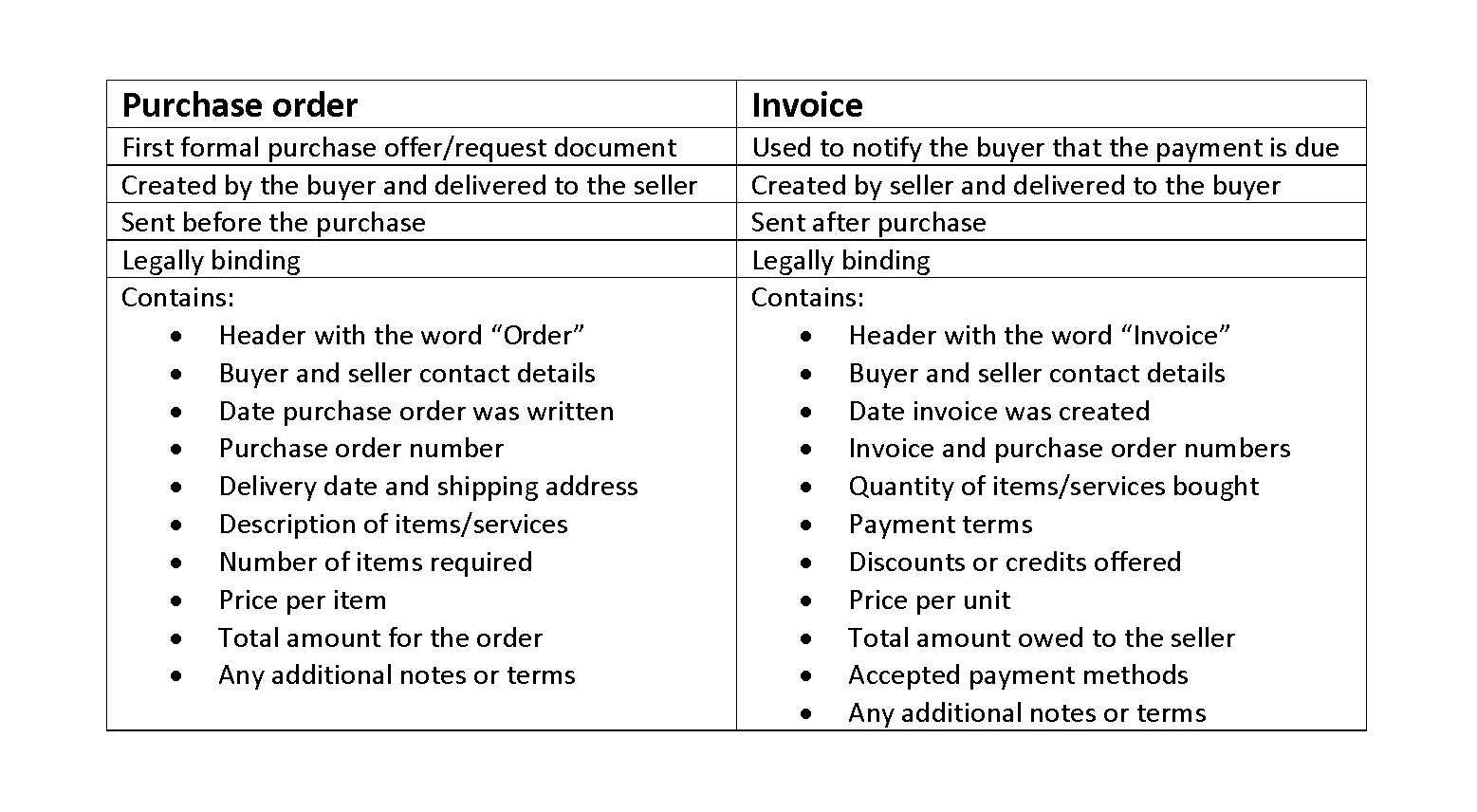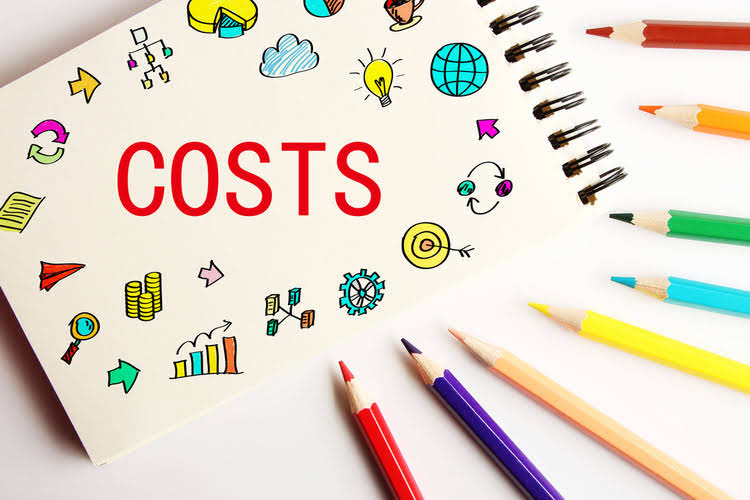
The expenses include administrative expense, cost of goods sold expense, depreciation expenses, marketing expenses and other expenses. Percentage of Sales is one of them and below this post is all about the complete detail of percentage of sales method. Yes, this method assumes that the relationship between expenses and sales is constant, which may not always be the case. Additionally, it does not take into account external factors that may impact financial performance.
4: Estimating Bad Debts

A common pitfall is assuming all accounts maintain a fixed https://thedebtsolvers.com/annuity-table-overview-present-and-future-values/ percentage relationship to total sales. Remember that fixed costs do not change with sales volume, so they need separate consideration in your forecast. Also, be wary of unusual historical periods that might skew your derived percentage.
What are some common pitfalls to avoid when applying a percentage to your total sales for a forecast?
- If the company projects sales to increase to $600,000 next year, the forecasted COGS would be $360,000 (60% of $600,000), and forecasted AR would be $60,000 (10% of $600,000).
- There are a few tips and tricks that you can use to increase your amount of sales with this method.
- That’s also the reason why it’s relatively easy to update with new historical sales data as it comes through.
- By utilizing this approach, financial analysts and managers can gain valuable insights into the company’s performance and make sound strategic choices.
- Whether you’re running a small business, crunching numbers for a startup, or managing a corporate budget — understanding percent of sales is key.
- You’ll need the net sales figures from the two financial periods you’re comparing.
The determination Accounting for Marketing Agencies of these percentages relies heavily on historical financial data and informed managerial judgment. Ultimately, I think the percent of sales method is a convenient but flawed process of financial forecasting. Accurately presenting uncollectibles on financial statements is vital for conveying a company’s financial health.
Percentage Of Sales Method
Of these expenses, he sees that only the last two are tied to sales as they fluctuate. Let’s use the example of a potter named Harry, whose revenue was $100k last year, and he expects sales to increase 50% next year. Easily calculate drop-off rates and learn how to increase conversion and close rates.
- This percentage approach is ideal for preliminary planning or for businesses with stable growth patterns, helping create a swift sales forecast.
- Forecasting using the percentage of sales method begins with projecting future sales, which serves as the foundation.
- It is suggested to use the PS to get more customers through the door and by using a variety of marketing strategies, like advertising on Facebook.
- From sales funnel facts to sales email figures, here are the sales statistics that will help you grow leads and close deals.
- If your sales increase by 20 percent, you can expect your total sales value in the upcoming quarter or year to be $90,000.
Step 1

The percent of sales method begins by identifying accounts that spontaneously change with sales levels. These are often referred to as “spontaneous” accounts because their balances naturally adjust as sales increase or decrease. The goal for management is to ensure costs increase proportionately to revenues. With this information, management can look further into which costs are causing this relationship and implement effective cost cutting procedures. Management typically performs this analysis on each account to track the company’s financial progress year over year.
- This calculation is done each month based on the current month’s credit sales and the total accumulates in the Allowance account.
- Combine the percentage of sales method with various other forecasting tools and techniques for the absolute best results.
- Once the future sales figure is established, the historical percentages are applied to these projected sales to forecast the corresponding financial items.
- For example, if a company has consistently experienced a 2% loss on credit sales, it might apply this rate to current sales figures to estimate uncollectibles.
- This data encompasses sales and all business expenses related to sales, including inventory and cost of goods.
- The group can now calculate X to forecast how much money will be available in the following month.
A good growth rate is whatever business owners and stakeholders determine to be so. Small businesses that made less than $5 million had a 6.1 percent sales growth on average in 2017, said Sageworks. When calculating the expense to sales ratio, take both fixed and variable expenses into account. The following formula is used to calculate the percentage of sales that come from a given item. It’s used to predict how much money will be what is percent of sales method available for expenses in the coming year.

Using the percentage of sales method, accounts receivable represents money owed to you, typically a percentage of your credit sales. Similarly, accounts payable often reflects a portion of your purchases or cost of goods sold. Accurately projecting these ensures a complete forecast sales picture and helps manage your forecast sales liquidity. This percentage of sales method approach improves your forecast sales accuracy, giving you a better percentage view.
Leave a Reply